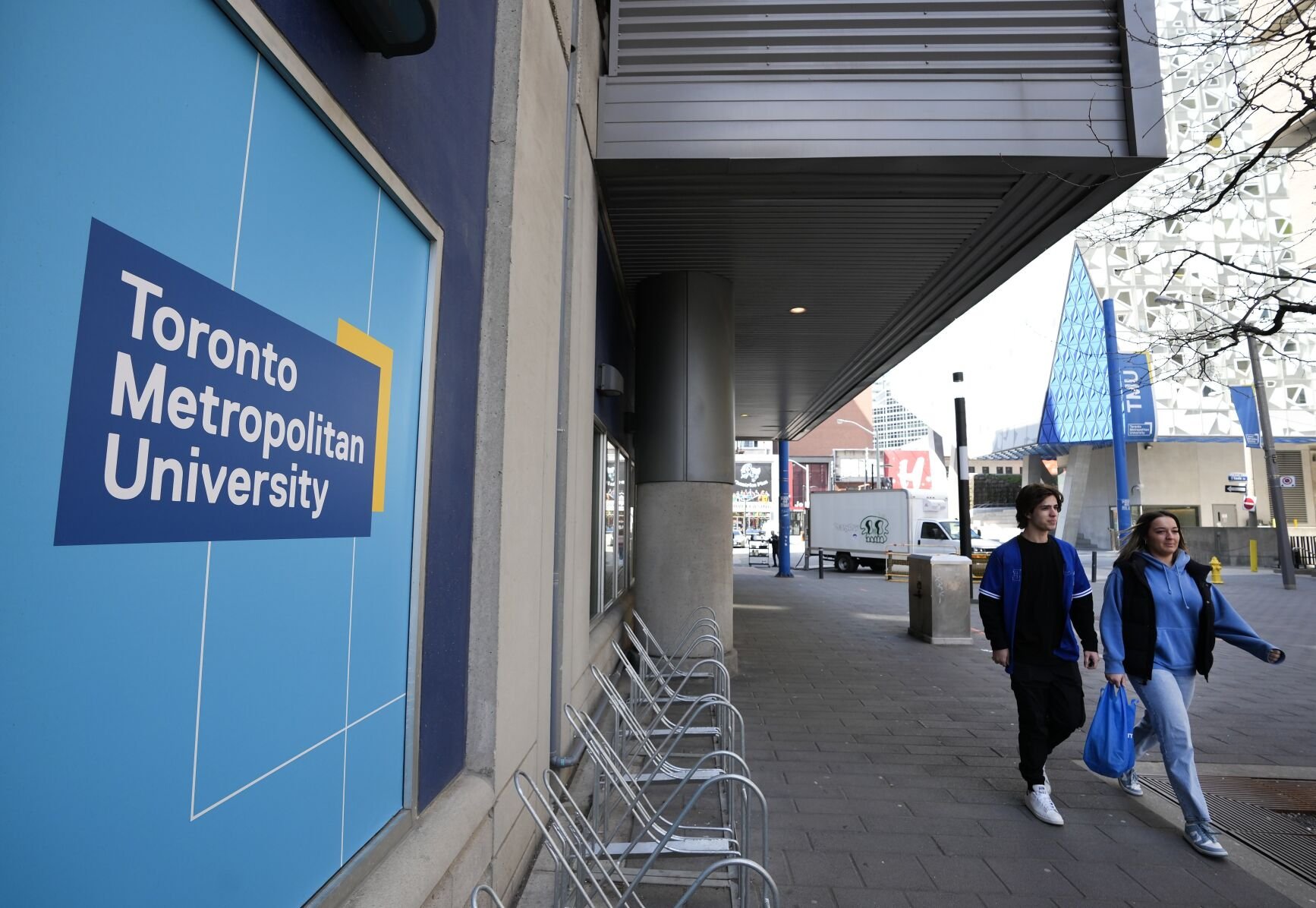The provincial government is revamping funding for Ontario’s colleges and universities, with changes coming as early as next spring, the Star has learned.
Lifting the seven-year-old tuition freeze will also be under consideration, sources say, with the government mindful that while family finances are strained, so are post-secondary schools’ budgets. The sources spoke on condition of anonymity because they weren’t authorized to speak publicly.
The move comes as colleges and universities are cutting thousands of staff members, hundreds of ±è°ù´Ç²µ°ù²¹³¾²õÌýand even closing campuses because of the federal government clampdown on international students — which has led to drastic drops in tuition revenues — as well as the ongoing domestic tuition freeze and provincial per-student funding that remains among the lowest in the country.
Memos sent Thursday from Colleges and Universities Minister Nolan Quinn to school presidents ask for feedback, saying the review will look at “aligning (programs) for labour market needs,” ensuring regional priorities are taken into account, improving outcomes for students as well as ensuring schools are on solid ground financially, with “fair, predictable and transparent” funding. Schools will also be asked to cut costs and eliminate duplication where they can.
“Ontario’s universities play a vital role in strengthening our workforce and ensuring the province remains one of the most competitive places in the G7 to invest and do business. As part of our government’s plan to protect Ontario amid global economic uncertainty, we are continuing to strategically invest into the university sector to ensure that Ontario students receive the skills they need for good-paying, in-demand jobs that meet the needs of Ontario’s workforce,” Quinn said in his memos.
” ... This review offers an opportunity to ensure that public investments in postsecondary education continue to align with the needs of students, communities, industry and our economy” and address “the long-term sustainability of the postsecondary education sector.”
Universities have warned that without additional funding, some 80,000 Ontario students won’t have a spot in their preferred programs over the next five years, including in some high-demand degrees.
The province has allocated more than $2 billion for the post-secondary sector in the last year, though schools have said it is not enough to meet their needs and falls short of what the government’s own blue-ribbon panel recommended.
The panel had urged an immediate five per cent tuition increase and a 10 per cent funding boost in 2024-25.
The year after the Ford government was first elected in 2018, it implemented a 10 per cent tuition cut and has frozen rates since.
The blue-ribbon panel had also recommended the government address “corridor” funding, where schools are given upper and lower domestic enrolment limits and grants based on a midpoint. That means any students above the midpoint are unfunded, apart from the tuition they pay, and schools have taken in thousands of these additional students to meet demand.
Corridor midpoints have remained the same since 2016, and will be included in the review, along with program weights, which determine a program’s importance and funding.Â
The ministry will be holding in-person and virtual consultations, as well as creating working groups this summer, and some changes could be in place for next spring’s provincial budget, and others in the months afterwards.
Tuition will be discussed separately from the review of core funding, a source told the Star.





























To join the conversation set a first and last name in your user profile.
Sign in or register for free to join the Conversation